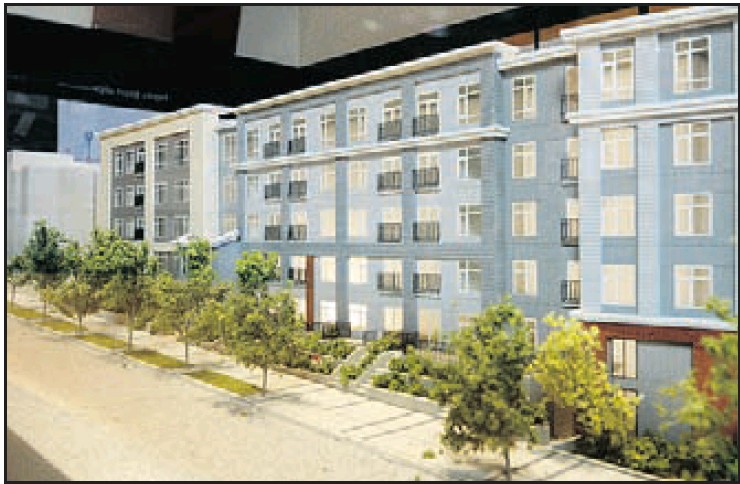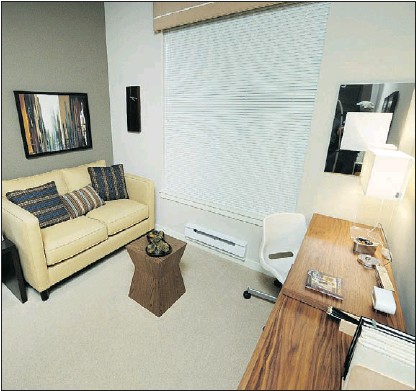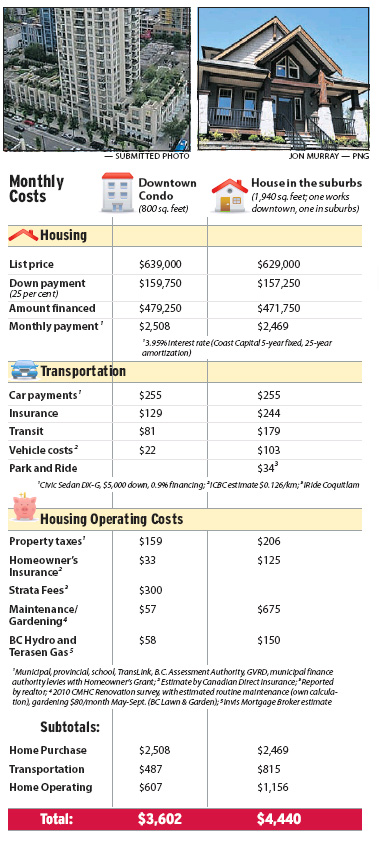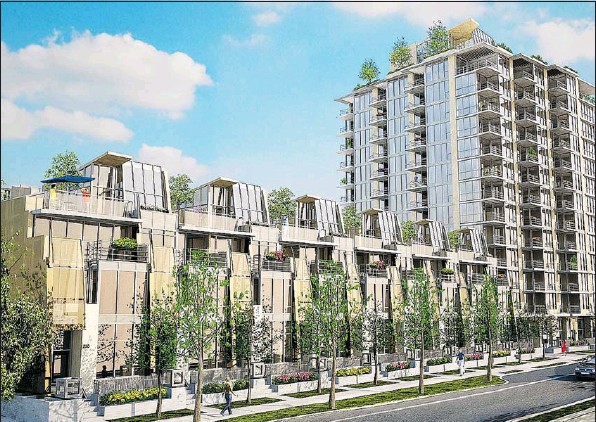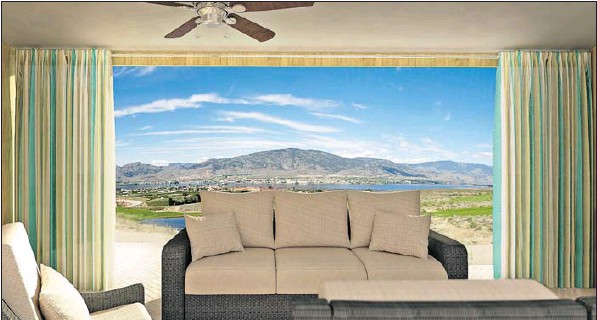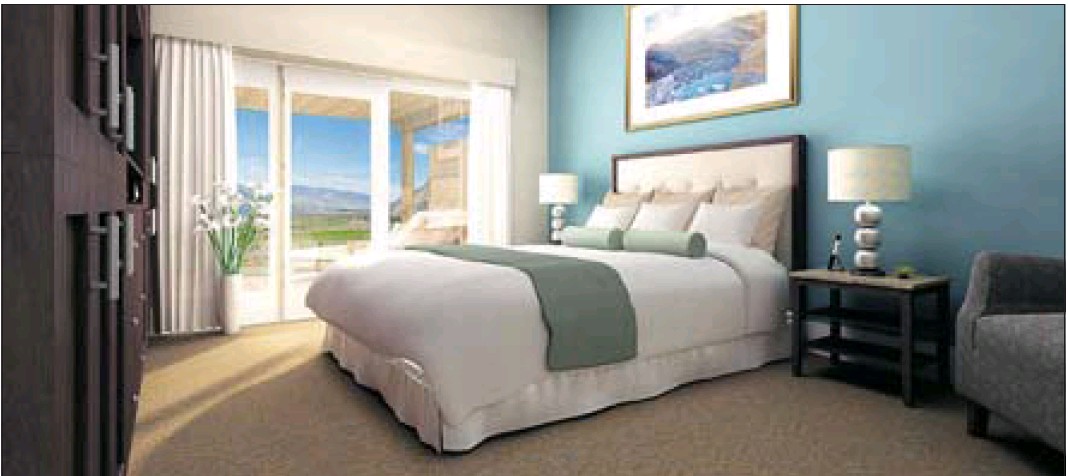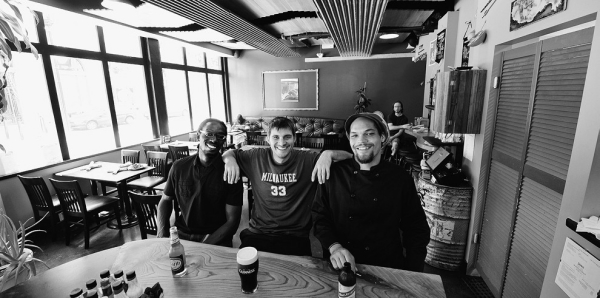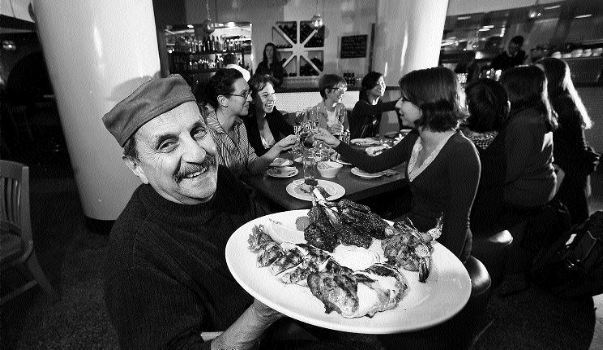Lena Sin
Province
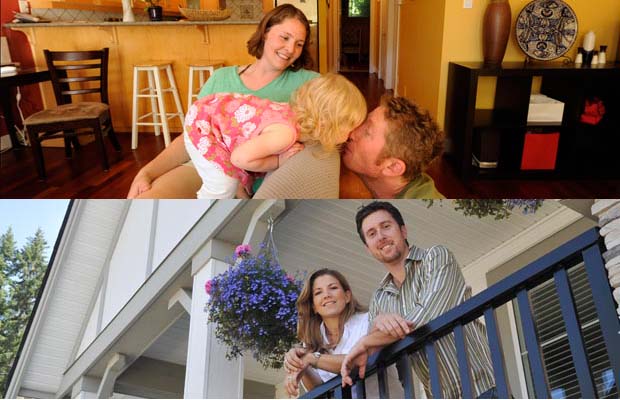
(Top) Kate Shapiro, husband Jonathan Hultquist and daughter Aidan choose to live in a 750-square-foot condo in Vancouver; (bottom) Cory and Rebecca Permack left their Burnaby condo for a house in Coquitlam. Photograph by: Gerry Kahrmann and Jon Murray, PNG
Box in the sky — or house in the ‘burbs? For many young couples in Vancouver today, that’s the million-dollar question (or, more accurately, the $600,000 question) that arises as soon as talk of starting a family begins.
Standing at the crossroads with a modest budget and the prospect of buying some of the priciest real estate in the country, couples are inevitably faced with choosing between two paths: moving farther afield for that spacious house and neatly trimmed lawn, or staying in Vancouver, content with a small condo and the city as your playground.
Making a decision is often a balancing act of wants and needs, heart versus head, prioritizing and compromising. But what if the deciding factor came down to cost? What if all one needed to know was where is it cheaper to live? Arriving at a decision might start to become a whole lot easier.
The Province decided to undertake this exercise with the help of Tsur Somerville, a professor with the University of B.C.’s Sauder School of Business and director of the UBC Centre for Urban Economics and Real Estate. Based on a hypothetical scenario of a young couple with one child and a budget of $639,000 — the average price of a two-bedroom condo in downtown Vancouver in June, although admittedly out of the price range of many — we compared the cost of owning a downtown condo versus a house of about the same value in Coquitlam.
The result? Compared to the sprawling house in Coquitlam, the city condo was the clear winner, costing between 23 and 33 per cent (or $837 to $1,200) less to own, run and travel to work from every month.
While the comparison was by no means scientific, the exercise can be useful for would-be homeowners trying to gauge the costs associated with different lifestyles.
“When you buy a house, I view it very much as a consumption decision. I’m going to be living in this house, living in this neighbourhood and taking on this lifestyle pattern,” says Somerville.
“What’s probably useful here in this exercise is having an idea about what some of the costs associated with different lifestyle patterns happen to be. On the one hand, it’s a small unit [in the city]; on the other hand, it can be much higher transportation and repair and renovation costs [in the suburbs] that you weren’t necessarily expecting.”
For our comparison, we considered two major costs: (1) Housing costs such as mortgage, property taxes, strata fees, maintenance, home insurance and utilities and (2) Transportation costs such as owning vehicles, parking and public transit.
Our hypothetical family had a budget that would cover a Yaletown condo of 800 square feet with two bedrooms and sweeping city views, listed for $639,000. Or, they could head to the hills of Coquitlam and purchase a three bedroom, 1,940-square-foot detached house in the new development of Burke Mountain, listed for slightly less at $629,000.
We assumed our couple were young professionals working in downtown Vancouver who would keep one car should they stay in the city, but two cars should they choose Coquitlam.
The result was our family would pay $4,814 per month for the suburban lifestyle, compared to $3,603 for the city lifestyle, a difference of 33 per cent.
Even when we considered an alternate scenario in Coquitlam, in which one parent takes a job closer to home to cut down on gasoline and parking costs down-
town, the gap is narrowed only somewhat with suburban monthly costs going down to $4,440, still 23 per cent higher than the city.
“If all they cared about were the dollars, they wanted to have $600,000 worth of real estate and then minimize their out-of-pocket costs, all else being considered, then being in the city is better,” says Somerville.
Transit made the biggest difference, with costs in the city down to $488 per month compared to between $815 to $1,189 in Coquitlam, depending on whether one or both parents commuted to downtown.
Other items that contributed significantly to the gap were utilities ($58 vs. $150), homeowner’s insurance ($33 vs. $125) and home maintenance ($357 including strata fees for the condo vs. $675 for the house).
The one major factor that would substantially change the equation is repair and renovation work, which of course, varies greatly depending on whether you buy a crumbling old house or a sparkling new one.
If we excluded the estimated cost for repairs and renovation, the gap would be narrowed considerably to a difference of between nine to 19 per cent, depending on whether both parents or just one commuted to downtown.
Costs aside, a Statistics Canada survey found the suburbs remain a draw for people in the prime child-rearing ages of 24 to 44.
The study, released in June, found people in that age bracket were most likely to move out of Toronto, Montreal and Vancouver and into the surrounding suburbs between 2001 and 2006, with one in seven (14 per cent) making the move.
Family status was a big influence on the migration, as first-time parents were among the most likely to leave the city core. In Vancouver, 27 per cent of new parents left the city for the suburbs, while just eight per cent of people living alone made the same move.
But attititudes about how and where to raise a family are changing. A 2008 TD Canada Trust survey found almost half of Vancouverites (48 per cent) polled said they would consider raising a family in a condo, up from 34 per cent in 2007.
Jonathan Hultquist and wife Kate Shapiro are among those who believe a small city dwelling is not only acceptable, but also preferable to a large house in the ‘burbs.
While Shapiro, 31, grew up in a “rather large home” in Kerrisdale and Hultquist, 38, grew up in similarly spacious houses in the U.S., the couple knew the single detached home was out of the question if they wanted to stay in Vancouver. Instead, they and their 1½-year-old daughter, Aidan, settled into a sunny, 750-square-foot apartment in a desirable Cambie neighbourhood last month. It was priced at their “upper limit,” but the location was everything they dreamt of: close to friends and family, parks, shopping and transit.
“To me, it’s about quality of life, which is not living in my car. And being able to access the kinds of activities we like on a regular basis, which to me is getting out and walking, visiting friends, going shopping for groceries and just having that all around us — and just the vibrancy of city life,” says Shapiro.
While Hultquist, an educator at the Vancouver Aquarium, bikes daily to work, Shapiro, a biologist with Environment Canada, carpools four days a week to Delta. Shapiro says she never entertained moving closer to work, though Hultquist admits he is still lured by the prospect of a spacious house in the ‘burbs. Cost certainly had some influence on their final decision.
“There’s a few things about buying a big house. It’s not just about the upfront cost. You have the cost of heating your house, you have the cost of property taxes and the cost of putting furniture in your rooms. Once you get a big house, you’ve got to put something in it and you have to clean it. It’s not just the dollars up front,” says Shapiro.
“We have two rooms and a main room and a kitchen, we have enough room for us for now — we don’t have extra space, but that works well for me. From an environmental perspective as well, there’s something nice about knowing that I’m not taking up a massive footprint on the planet.”
Meanwhile, 26 kilometres away in the leafy mountains of Coquitlam are Rebecca Permack and husband Cory, who traded in a two-bedroom Burnaby condo for a large house in the new development of Burke Mountain last year. “There was no way, with both of us working from home being self-employed, that we were going to even consider planning a family. So we came out here. I drove my husband out one day and said ‘What do you think? We bought the house within a week,” says Rebecca.
Their new home, priced at the time of purchase at about $655,000, is enviably sized at 3,800 square feet, features brand-new finishings and is set on a picture-perfect cul-de-sac.
“Seventy per cent of the people here are young families and there are little kids running all over . . . It’s the lifestyle that we’d never have if we stayed downtown — that real sense of community,” says Rebecca, 34. “Personally, I grew up in Maple Ridge, so I was never married to Vancouver,” she says. “I was never married to the idea I had to be in Vancouver.
“My husband was born and raised in Kerrisdale and it was a much tougher decision for him. But when he saw the house and what he could get, his esthetic took over his need to be downtown,” she says.
Now happily settled with a new puppy and plans for a family down the road, the Permacks say the only hiccup is convincing family to visit.
“I know his parents were like, ‘Oh my god, Coquitlam is so far away,'” Rebecca says. “They still feel that way and joke they’re going to have spend a weekend if they’re going to visit, and so we built the guest room in the basement so they could do that. But that’s the trade-off — you get the big house. Yeah, it’s a trek for people to come out, but there’s room for people to stay if they do.”
© Copyright (c) The Province
